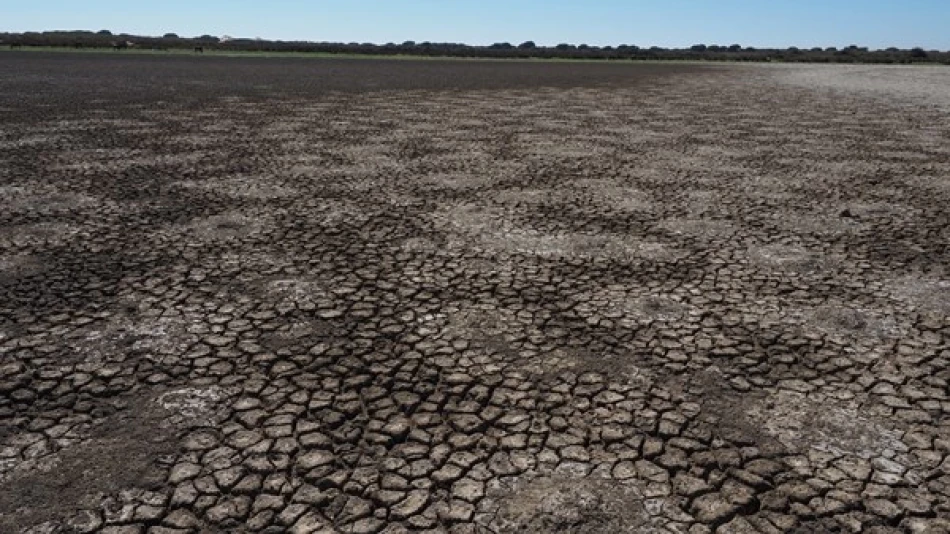
Europe and Mediterranean Coasts Experience Record-Breaking Drought in August
Europe Faces Worst August Drought on Record as Climate Crisis Intensifies
Europe and the Mediterranean basin experienced their most severe August drought since records began in 2012, with over half the region's territory affected by water scarcity. The crisis, which impacted 53% of the area according to EU climate data, signals an alarming acceleration in climate-driven extreme weather patterns that could reshape the continent's agricultural and economic landscape.
Unprecedented Scale of Water Crisis
The European Union's Copernicus Climate Change Service recorded drought conditions affecting 53% of Europe and the Mediterranean region in August—a dramatic spike from the 12-year average of just 30.1% for the same month. This represents a 76% increase above historical norms, suggesting that what were once considered exceptional weather events are becoming the new baseline.
The scale of this drought surpasses previous records by a significant margin, indicating that Europe's climate is shifting faster than many scientific models predicted. The Copernicus data, derived from billions of data points collected through satellites, ships, aircraft, and meteorological stations, provides one of the most comprehensive pictures of continental-scale environmental change.
Eastern Europe Bears the Heaviest Burden
Balkans Face Deadly Consequences
Eastern Europe and the Balkans emerged as the epicenter of the crisis, with some regions experiencing near-complete water stress. The drought created perfect conditions for devastating wildfires that forced thousands of residents to evacuate their homes and claimed at least two lives. These fires, fueled by record temperatures and bone-dry vegetation, represent a growing pattern of climate-amplified disasters.
The situation in the Caucasus proved even more extreme, with over 90% of Armenia and Georgia's territory affected by drought conditions. This level of water stress in a region already facing geopolitical tensions could exacerbate existing instabilities and trigger new migration pressures.
Western Europe's Agricultural Heartland Under Stress
Western Europe, traditionally more insulated from extreme weather, also faced severe impacts. Portugal saw rainfall decline across 70% of its territory, threatening the country's vital agricultural sector and tourism industry. The country's position on the Atlantic coast, which typically provides some protection from continental extremes, offered little relief.
France endured its second major heat wave of the summer during August, creating water shortages across two-thirds of the country. This pattern of recurring heat waves within a single season represents a new climate reality that French infrastructure and agriculture are struggling to adapt to.
Economic and Strategic Implications
The drought's scope suggests Europe faces mounting economic pressures from climate change. Agricultural yields, energy production from hydroelectric sources, and water-intensive industries all face increasing constraints. The timing coincides with Europe's efforts to reduce dependence on fossil fuel imports, making renewable energy reliability even more critical.
Unlike previous droughts that affected specific regions, this continent-wide crisis limits Europe's ability to redistribute resources and support affected areas. The simultaneous impact across multiple countries could strain EU solidarity mechanisms and emergency response capabilities.
A New Climate Reality Takes Hold
The August 2024 drought represents more than a seasonal weather anomaly—it signals Europe's entry into a new climate regime where extreme conditions become routine. The Copernicus data shows a clear trend of rising temperatures driven by greenhouse gas emissions from human activities, with each successive year bringing new records.
This shift demands fundamental changes in how European societies manage water resources, plan agricultural production, and design urban infrastructure. The traditional assumption that historical weather patterns predict future conditions no longer holds, forcing governments and businesses to plan for increasingly unpredictable and extreme scenarios.
Most Viewed News

 Layla Al Mansoori
Layla Al Mansoori






